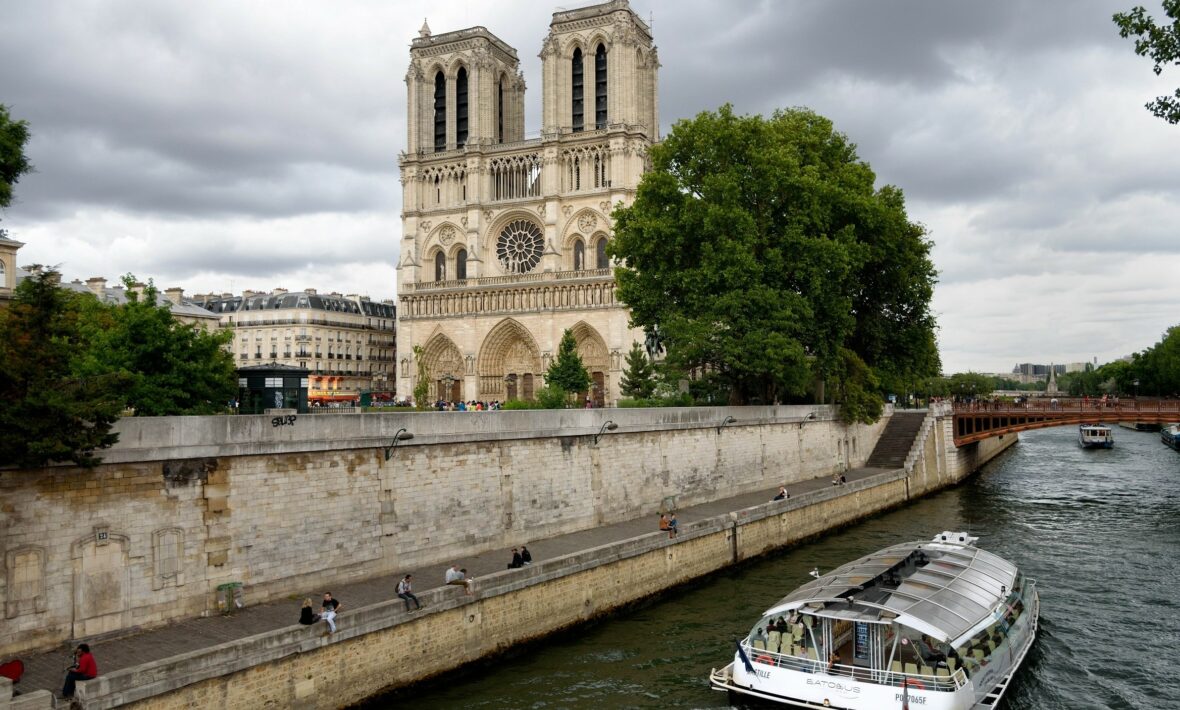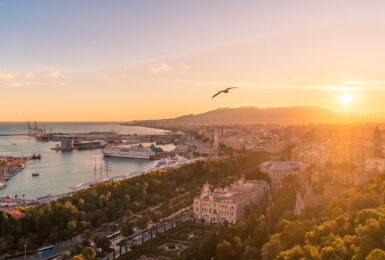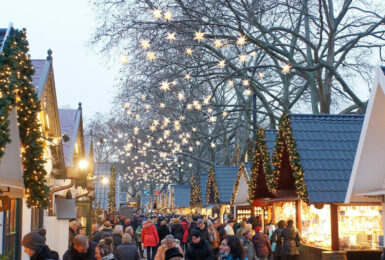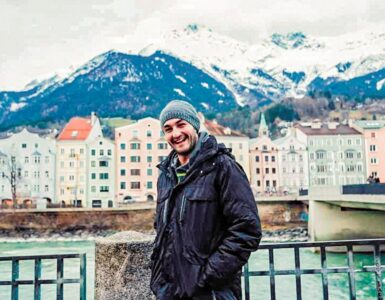
If you love architecture, it only makes sense that you would really love European architecture. The fusion of new and old. The classic lines with new edges. There’s so much to see, that sometimes even the buffest of architect buffs don’t even know what they’re awing at. Rather than send you on a snooze-fest explaining what type of architecture is what, we’re making it easy and fun with this quick architecture guide so that you’ll be extraordinarily savvy while traveling throughout Europe, enlightening your tour mates on the different between art nouveau and art deco.
Classical Architecture
With Greek and Roman roots, these architecture style took off and can be seen around the world (mainly in neo-classicism). For the best representations of it, head to cities with a history that goes back a few thousand years.
- Parthenon, Athens, Greece (see it on Road to Athens)
- Pantheon, Rome, Italy
- Pula Arena, Pula, Croatia
Gothic Architecture
The reigning style during the medieval period, lasting from the 12th century well into the 16th You’ll find that this is the reigning style among most castles, cathedrals, palaces, town halls, and universities.
- Saint Vitus Cathedral, Prague, Czech Republic
- Cologne Cathedral, Cologne, Germany
- Notre Dame de Paris, Paris, France
Baroque Architecture
This is one of the most beautiful styles of European architecture. Baroque architecture called the 16th – 18th centuries home and flourished in southern Western Europe, while northern Western Europe mixed baroque with classical. One of the best ways to know what’s baroque is to look at how three-dimensional the buildings are… translation: flat surfaces of the Renaissance are out and sculpted surfaces are in.
- Les Invalides, Paris, France
- Palace of Versailles, Versailles, France (see it on Best of Europe)
- Paul’s Cathedral, London, UK
Art Nouveau Architecture
Art Nouveau was most popular from 1890-1910 and can be found throughout Europe intermixed in nearly every major city. Flowers, plants, and curved lines are distinct features of this style, which extends to far more than jut architecture. Some favorites are below.
- Museum of Applied Arts, Budapest, Hungary
- Casa Batllo, Barcelona, Spain
- Saint-Cyr House, Brussels, Belgium
Art Deco Architecture
This style first appeared in France, but soon became an international style from the 1920s- early 1940s. This was a breakaway from Art Nouveau because it focused and embraced technology, not organic elements, and was a step towards modern design.
- Mossehaus, Berlin, Germany
- Theater Tuschinski, Amsterdam, Netherlands
- Broadcasting House, London, UK
Modernism/Contemporary Architecture
This style is pretty self-explanatory, but did you know this style started around the 1920s? It’s continued to grow and progress, but a heavy use of glass is a primary marker of this style.
- Dance Hall, Prague, Czech Republic (check it out on Eastern Road)
- Oslo Opera House, Oslo, Norway
- Guggenheim, Bilbao, Spain





